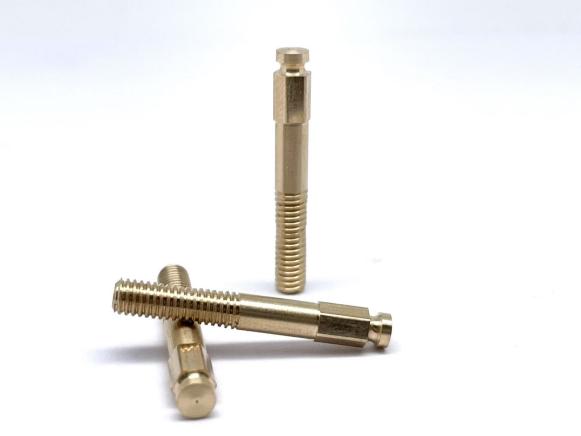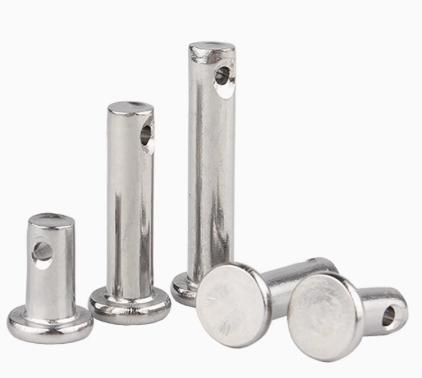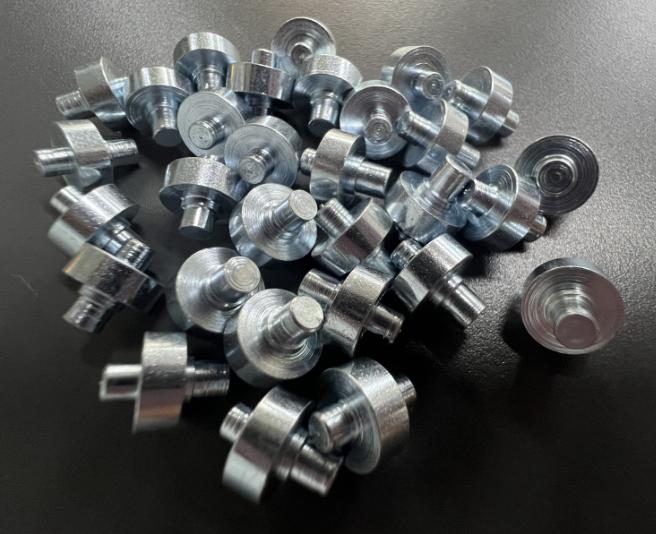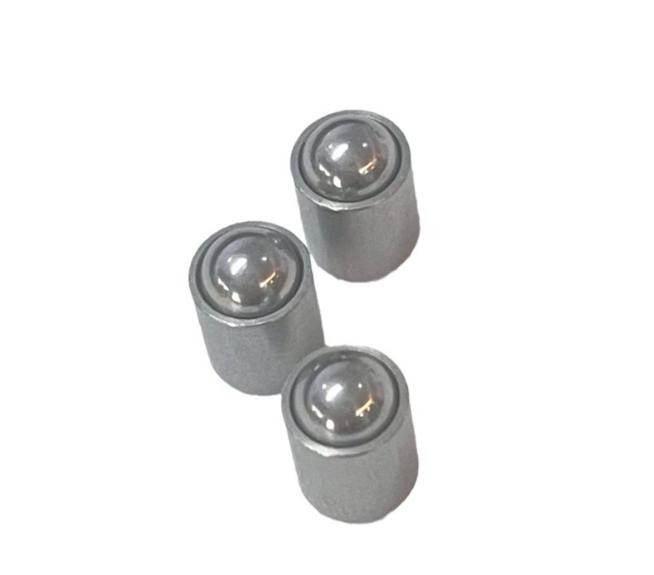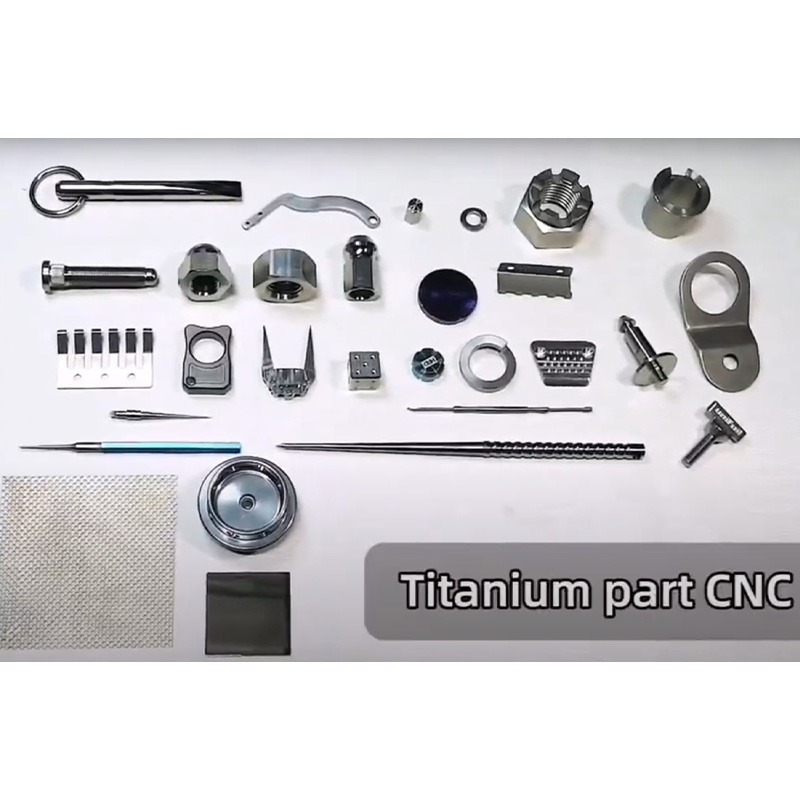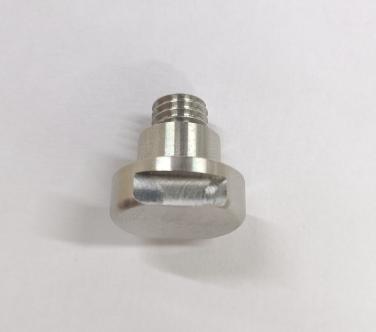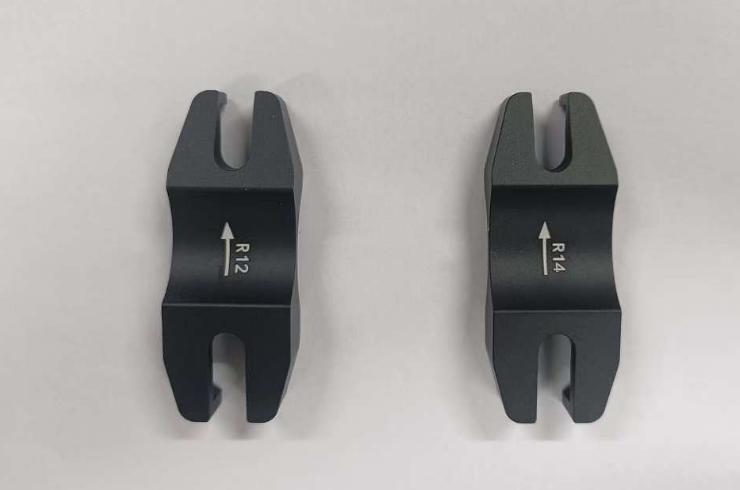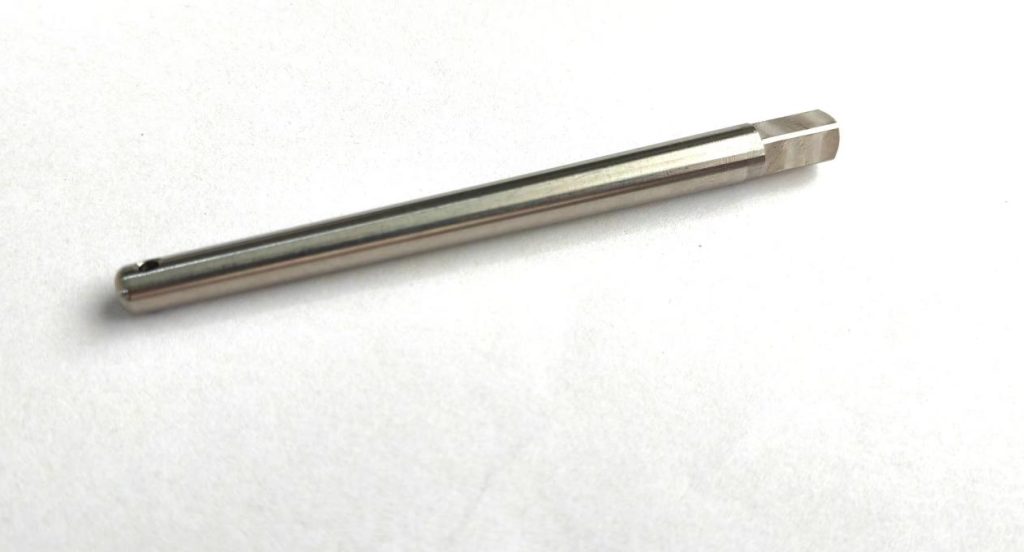Advantages and Disadvantages of CNC Milling
Computer Numerical Control (CNC) machining offers a revolutionary approach to manufacturing, particularly through its prowess in milling operations. By employing a computer-controlled cutting tool that removes material from a workpiece to achieve predefined dimensions and geometries, CNC milling has gained widespread adoption across diverse industries. This document delves into the intricate nature of CNC milling, highlighting its advantages and disadvantages to empower informed decision-making for potential implementers.
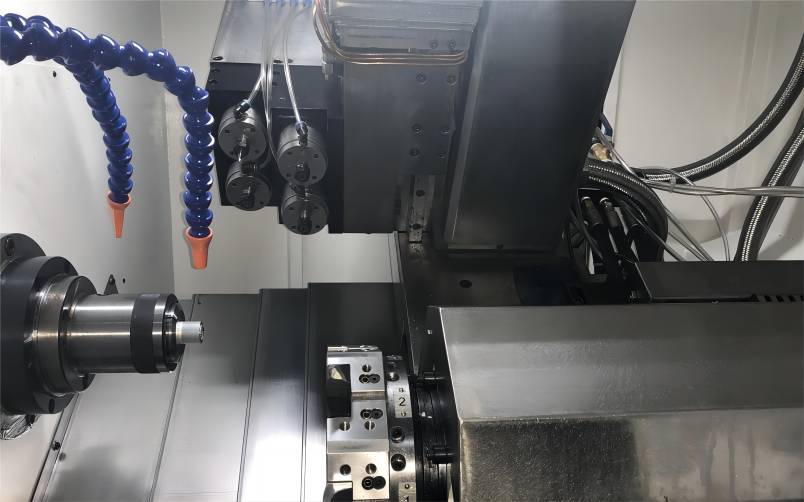
How Does a CNC Milling Machine Work?
At the heart of CNC milling lies a synergism between hardware and software. The hardware component comprises a precisely-engineered machine equipped with a rotating cutting tool and a three-axis movement system. This system enables the tool to maneuver across the workpiece in designated directions, meticulously sculpting its form according to predetermined instructions. The software element, encompassing the Computer Numerical Control (CNC) program, dictates the precise movements and rotations of the cutting tool, translating the desired part geometry into a series of actionable commands.
Applications of CNC Milling across Diverse Industries
The versatility of CNC milling transcends mere applicability across various industries. Instead, it manifests as a transformative force, enabling the creation of intricate and functionally-critical components in each domain. Here, we delve deeper into specific applications across key sectors:
1. Aerospace
- Engine Components: CNC milling sculpts vital engine parts like turbine blades, compressor blades, and combustor liners, demanding exceptional precision and heat resistance for optimal engine performance and efficiency.
- Structural Elements: Lightweight yet robust wing components, fuselage frames, and landing gear struts are meticulously crafted with CNC milling, ensuring structural integrity and reduced aircraft weight for enhanced fuel efficiency and range.
- Satellite Components: High-precision machining of delicate satellite antennas, solar panels, and instrument housings is achieved with CNC milling, enabling reliable data transmission and scientific research in harsh space environments.
2. Automotive
- Engine Blocks and Cylinder Heads: CNC milling ensures precise machining of complex engine block and cylinder head geometries, optimizing combustion efficiency and power output for superior engine performance.
- Transmission Gears and Components: Precisely-machined transmission gears and synchronizers fabricated through CNC milling guarantee smooth gear shifts and reduced drivetrain noise, enhancing driver comfort and vehicle reliability.
- Lightweight Components: Advanced materials like carbon fiber and aluminum alloys are efficiently machined by CNC for lightweight automotive components like brake calipers, suspension arms, and wheels, contributing to improved fuel economy and vehicle handling.
3. Medical
- Surgical Instruments: Delicate surgical instruments like scalpels, bone drills, and forceps are meticulously crafted with CNC milling, ensuring precise control and minimal tissue damage during delicate procedures.
- Prosthetics and Implants: Personalized prosthetics and biocompatible implants are created with exceptional accuracy using CNC milling, restoring functionality and improving the quality of life for patients.
- Dental Implants and Crowns: Precisely-machined dental implants and crowns fabricated by CNC milling ensure optimal fit and functionality, enhancing oral health and aesthetics.
4. Electronics
- Printed Circuit Boards (PCBs): Complex PCBs with intricate circuitry and component mounting are produced with unparalleled accuracy through CNC milling, forming the backbone of sophisticated electronic devices.
- Electronic Enclosures and Components: Precisely machined housings and components for electronic devices like smartphones, laptops, and communication equipment ensure optimal functionality and aesthetic appeal.
- Microfluidic Devices: Miniature channels and structures within microfluidic devices for lab-on-a-chip applications are flawlessly machined by CNC, enabling precise control of fluids and biomolecules for medical diagnostics and research.
5. Moldmaking
- Injection Molding Molds: High-precision CNC milling crafts intricate injection molding molds for plastic parts, ensuring dimensional accuracy, high surface finish, and efficient production of plastic components.
- Die Casting Molds: Durable and wear-resistant molds for die casting are meticulously machined with CNC, enabling the production of high-strength metal parts for diverse applications.
- Rapid Prototyping and Design Iteration: CNC milling facilitates rapid prototyping of mold designs, allowing for iterative refinement and optimization before committing to final mold production, reducing the time and cost associated with design errors.
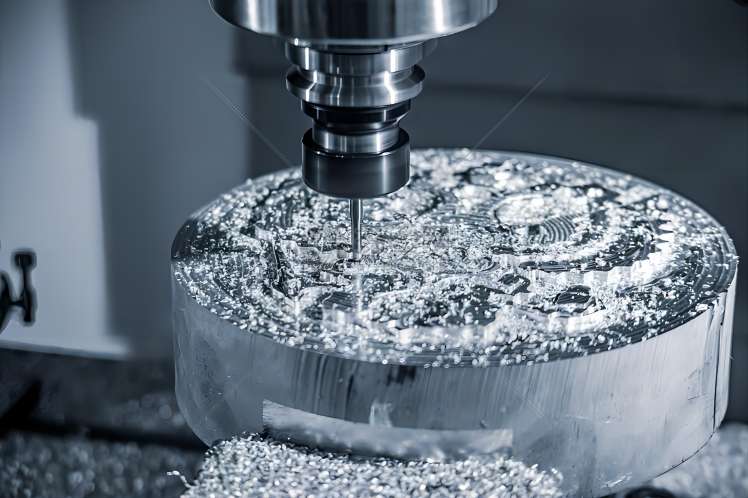
Advantages of CNC Milling
CNC milling boasts a plethora of advantages, rendering it a compelling choice for diverse manufacturing applications. Let us delve deeper into these benefits, examining the specific mechanisms and quantifiable outcomes that contribute to its success:
1. Precision and Repeatability
- CNC programs dictate cutting tool trajectories with microscopic accuracy, employing servo motors and encoders to achieve positioning tolerances within microns. This eliminates human error inherent in manual machining, resulting in parts consistently conforming to the desired specifications.
- The inherent rigidity of CNC machine structures minimizes deflection and vibration during machining, further enhancing precision and repeatability. This translates to increased dimensional accuracy, improved surface finish, and enhanced functionality of the finished parts.
2. Enhanced Production Efficiency
- Automated tool changers and carousel systems enable rapid switching between different cutting tools, eliminating the need for manual tool changes and minimizing machine downtime. This significantly reduces production cycle times compared to traditional machining methods.
- CNC programs optimize toolpath planning and machining parameters, ensuring efficient material removal and minimizing non-cutting time. This further enhances production throughput and output volume.
- Multi-axis capabilities of CNC machines allow simultaneous machining of complex features on multiple workpiece surfaces, eliminating the need for multiple setups and further boosting efficiency.
3. Complex Geometries
- Unlike traditional machining methods restricted to linear and rotational movements, CNC machines’ multi-axis capabilities enable the creation of intricate and unconventional shapes with ease. This opens doors for innovative product design, allowing for the incorporation of complex features that enhance functionality, aesthetics, and weight optimization.
- CNC programming software offers advanced features like 5-axis machining and contour milling, empowering the creation of freeform surfaces and intricate geometric details with exceptional accuracy and surface finish.
4. Cost Savings
- While the initial investment in CNC machines may seem significant, the long-term cost benefits are undeniable. Increased production efficiency translates to reduced labor costs and faster turnaround times, leading to higher production volume and improved profitability.
- Reduced scrap rates due to improved precision minimize material waste and associated costs. Additionally, the versatility of CNC machines eliminates the need for specialized tooling for different parts, further reducing overall manufacturing expenses.
- CNC technology facilitates automation and reduces reliance on skilled labor, lowering operational costs and improving production consistency.
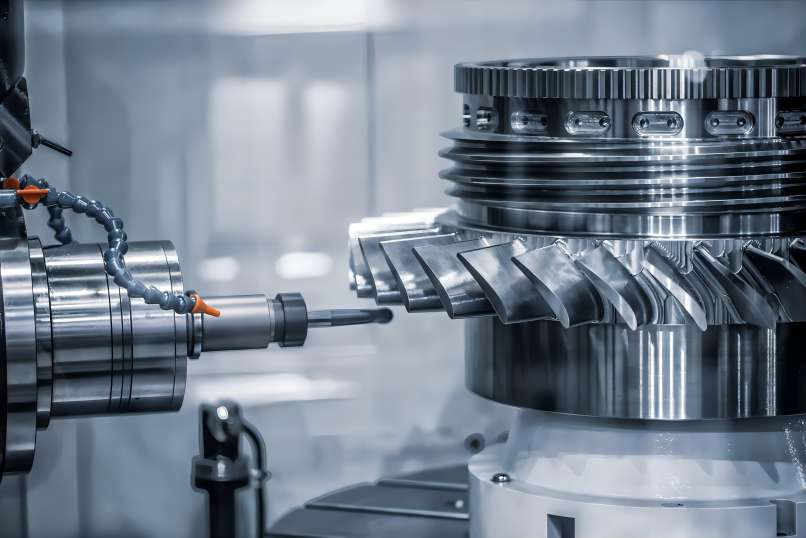
Disadvantages of CNC Milling
While CNC milling offers a plethora of advantages, acknowledging its inherent challenges is crucial for informed decision-making. Let’s dissect each key disadvantage and its implications:
1. Material Waste
- Unlike additive manufacturing which builds parts layer by layer, CNC milling is subtractive, removing material to achieve the desired form. This inevitably generates scrap material, leading to material utilization inefficiencies and environmental concerns.
- Minimizing material waste demands careful selection of raw material size and optimization of toolpaths to reduce excess material removal. Additionally, exploring recycling and material reuse strategies can mitigate environmental impact.
2. Initial Investment Cost
- CNC machines, particularly high-end models with advanced capabilities, represent a significant capital expenditure. This can pose a substantial barrier for small businesses or startups venturing into CNC machining.
- Careful cost-benefit analysis considering factors like production volume, expected return on investment, and potential financing options is essential before making the initial investment. Additionally, exploring alternatives like leasing or purchasing used machines can be cost-effective for specific needs.
3. Complexity and Training Requirements
- Operating and programming CNC machines require specialized skills and knowledge of machine interface, safety protocols, and CNC programming languages. This learning curve can be steep, necessitating dedicated training and practice to achieve proficiency.
- Investing in employee training programs, utilizing skilled labor recruitment strategies, and exploring automation solutions can mitigate the reliance on highly skilled personnel and reduce operational complexities.
4. Maintenance and Downtime
- Like any complex machinery, CNC machines require regular maintenance, including lubrication, calibration, and preventative measures to optimize performance and avoid costly downtime.
- Implementing robust maintenance schedules, predictive maintenance techniques, and readily available spare parts inventory can minimize downtime and ensure long-term machine operational efficiency.
5. Software and Programming Errors
- Errors in CNC program codes or software malfunctions can lead to machining inaccuracies, scrap parts, and production delays. This necessitates rigorous quality control measures and robust validation protocols for CNC programs.
- Employing experienced programmers, utilizing advanced simulation software for program verification, and implementing redundancy checks within the programming process can significantly reduce the risk of errors and minimize associated costs.
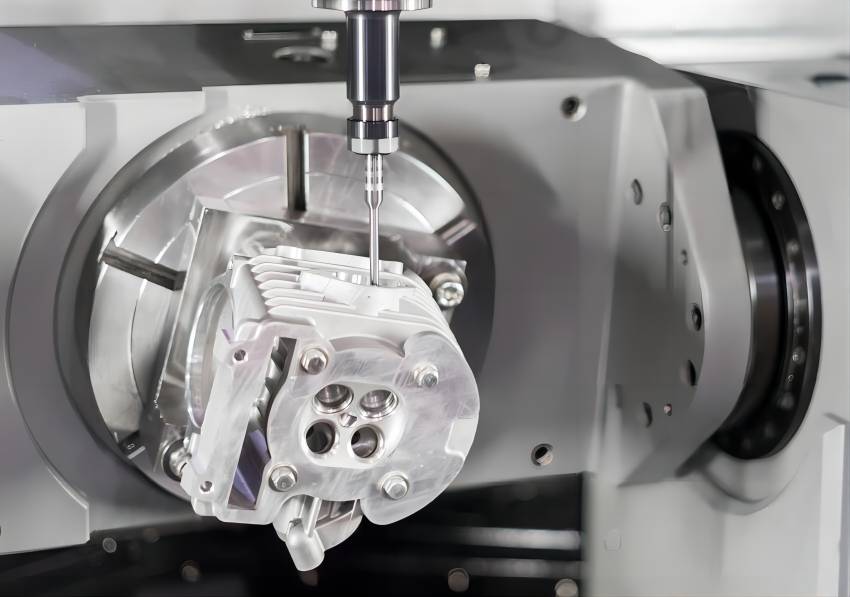
Conclusion
In conclusion, CNC milling stands as a testament to the transformative potential of modern manufacturing technology. Its exceptional precision, efficiency, and geometric versatility render it a powerful tool for crafting intricate and accurate components across diverse industries. However, acknowledging its inherent challenges, such as material waste, initial investment costs, and skill requirements, is crucial for informed decision-making.
Ultimately, the decision to embrace CNC milling hinges on a comprehensive evaluation of specific needs and constraints. Carefully weighing the advantages against the potential challenges, while considering factors like production volume, budget limitations, and available expertise, will guide the path towards a balanced and successful implementation. By embracing a pragmatic approach and actively addressing potential drawbacks, manufacturers can unlock the transformative power of CNC milling, propelling their operations towards enhanced productivity, innovation, and competitive advantage.

